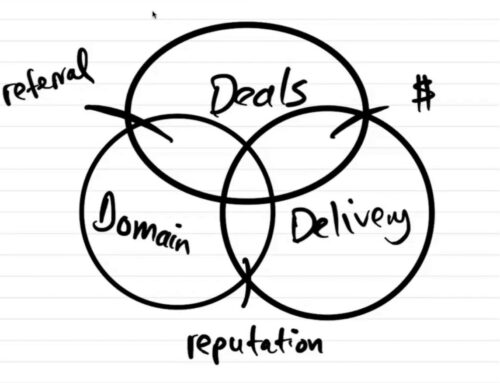Running a Dev Shop Agency, with Ryan Vice
What makes a great dev shop agency? Someone who knows what it takes and is running a dev shop agency of his own is Ryan Vice. Ryan is the founder of Vice Software. His passion is dev and he’s fully immersed in the world of scoping projects, devving them and giving his clients what they want.
On today’s CTO Studio, Ryan explains how Vice Software got started, why empathy is so critical as a CTO or other tech leader and his personal recommendations for running a dev shop agency.
In this episode, you’ll hear:
- Why don’t they use Agile?
- Why does using offshore labor typically cost so much in the beginning?
- What is Sandler’s Model and how does it work?
- Why do they cut out Scrum?
- What are his suggestions if you want to start a dev shop agency?
- And so much more!
We begin today with Ryan explaining the way their company functions: everyone who works at the company programs, and it’s a blended model. He got to a point in enterprise software where his rate was very competitive and he started managing offshore teams, which he didn’t enjoy.
But then he met his business partner and they realized they could create a lot of value. He soon realized why big companies were paying him to get that model to work, and he and his partner decided together they should try to sell that same model to small and mid-level companies.
Now they have taken on a few projects for folks where they are going CTO down. They are finalizing a deal right now with a company that is creating a marketing research-type platform and he foresees stepping into a fractional CTO-type role there while his partner who lives in New Delhi manages the team and the operations. Ryan also handles ensuring their technology vision is correct and they are strategically set for the right technologies at the right time.
I ask him to expand on the agency software model; I personally think it’s incredibly valuable for CTOs who are considering hiring shops like Ryan’s. Ryan’s company takes what lessons have worked for him in the enterprise world and makes that information available to start-ups and tech projects on a smaller scale.
He explains what some of those lessons are. Everybody is looking at $10-$15 an hour labor offshore and while it’s very tempting, not a lot of people do it because it’s really hard to be successful using that as your labor source. What he found was every single large company that contracted him would almost immediately put him in charge of an offshore team.
Basically, every time he was hired in the past he was put in charge of a remote team. And now he’s converted that experience into him managing his own teams with his partner in New Delhi; they’ve implemented lessons learned and optimized their processes to make it more efficient so smaller companies can use his services.
The real difficulty in doing this is the start up costs. So on projects his clients don’t need 40 hours of his time every week. He has one arrangement with a large company in Austin that gets 10 hours of his time every week, he has another company that he’s signing and it will probably be for 5 hours of his time every week.
The larger companies are paying 40 hours a week for long periods of time to have a guy like him (who has a high billing rate), go out and fail with numerous teams before finally finding the right match. Those start up costs are really high: having a high billing guy testing out multiple teams. He has found start ups and mid-size companies can’t really afford to that on their own, so instead they hire Vice Software.
Also on this episode of CTO Studio, we get into estimates and budgets. Ryan explains how he walks a CTO founder through the process of taking ideas bringing them into real life, all the while building and ensuring trust is created as he does this.
They’ve gotten really good at estimating MVPs so that’s something that is all about doing a waterfall-style approach to your estimation. So you have to make sure you create a spec that accounts for most things and you call out the different experiences for each user and walk through that to make sure it is solid.
Then he and his partner have gotten good at quickly estimating on top of that, then they account for known unknowns. They have a padding bucket for estimating ideal hours, they have a padding bucket for requirements wiggle room and they have a padding bucket for QA. And they run everything super lean.
They know their guys work hard and they don’t need to motivate them with Agile so they use kanban. They prioritize the backlog then charge through the items. From there they do weekly demos to show progress and their visibility becomes much cheaper. If you cut out all the overhead of scrum for MVP you save a lot of money. They typically have about 7 to 7.5 hours per week for project management, which is pretty low.
Ryan explain why this works so well with MVPs, his recommendations for CTOs dealing with artificial marketplace deadlines, the importance of empathy and how and why to engage your competitors. Join us to hear his insights on those topics during today’s edition of CTO Studio.
Episode Resources:
Share This Story, Choose Your Platform!
Related Podcasts




